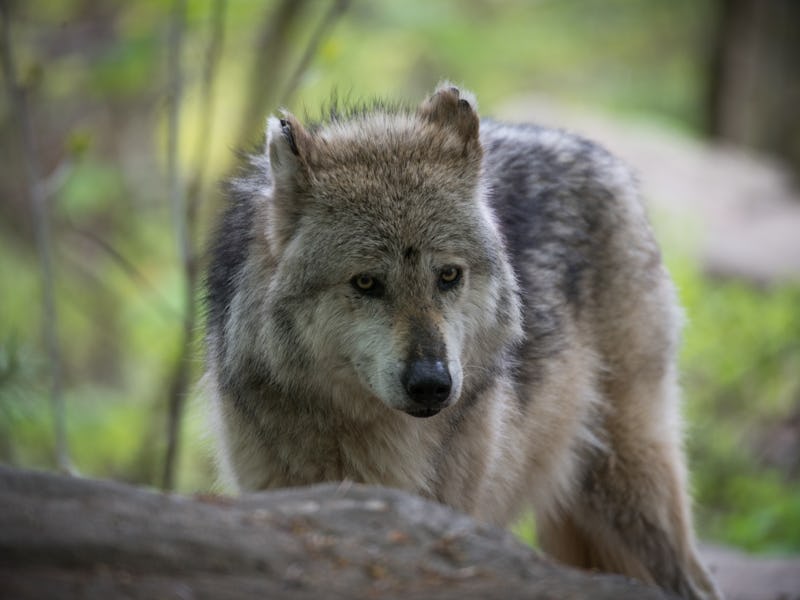Predators Bouncing Back from Extinction Are Showing Up in Unexpected Places
This is more than just a comeback.

It’s the height of the Anthropocene epoch, a geological time period defined by world-altering human activity. Humans are driving animal extinction to an alarming degree, but, encouragingly, conservation efforts have allowed populations of some large predators to rebound. But their comeback is taking a slightly different form than expected: As scientists reported in Current Biology on Monday, predators are starting to populate areas where we’ve never seen them before.
The team behind the paper, first-authored by Duke University marine conservation biology professor Brian Silliman, Ph.D., show through their analysis of government reports and recent scientific studies that the recent population recovery of certain large predators is leading to unexpected patterns of behavior and ecosystem use. It confirms that our efforts to save specific species have been effective, but what’s not totally clear is whether the fact that predators are showing up in unexpected places means that they’re populating new environments or simply reclaiming the spaces they used to occupy before humans moved in.
Researchers have observed large-bodied predators in all sorts of unexpected places: A) a harp seal on a North Carolina beach, B) a grey wolf on the coast, C) a mountain lion in a grassland, D) an orangutan in a disturbed forest, D) a black-backed jackal on the beach, and F) a river otter on the coast.
The range of animals whose populations have bounced back is encouraging, but the scientists aren’t sure what to think about their movement into seemingly new lands. “Recent research shows that following long-term protection, sea otters along the northeast Pacific coast have expanded into estuarine marshes and seagrasses, and alligators on the southeast U.S. coast have expanded into saltwater ecosystems, habitats presently thought beyond their niche space,” they write. “There is also evidence that seals have expanded into subtropical climates, mountain lions into grasslands, orangutans into disturbed forests and wolves into coastal marine ecosystems.” The data seem to suggest that large-bodied predators, which have long been targets for hunters, are spreading into new areas in the years since hunting protections were instituted. But the study’s authors argue that something else might be happening.
The researchers use historical survey data to propose instead that these large predators, like alligators and otters, may actually be moving back into areas they once occupied before they were hunted to near-extinction. Sure, we may associate mountain lions with the woods and river otters with freshwater, but the authors argue that for most predators, a single habitat is not sufficient. Diverse habitats offer predators a better chance of survival, and the fact that scientists have observed mountain lions in open grasslands and river otters near the ocean suggests that rebounding populations of predators could be thriving in a broader range of ecosystems.
Since predators play a huge role in controlling populations of animals in an ecosystem, the repopulation of formerly degraded areas has far-reaching implications for wildlife management and research. In the paper, the authors present a somewhat ominous warning: Conservation practitioners “should begin to prepare for expansion of large consumers into non-typical ecosystems,” they write. Preparation, in this case, requires overhauling existing ideas of baseline species richness to include these large predators, which in turn can help better design future conservation efforts. After all, if these animals feel at home in more than one ecosystem, then that means there’s a “greater range of habitats” available for their populations to recover.
So while human hunting activity drastically altered the habitats and roles of predators in the last couple of centuries, human conservation efforts are poised to alter these animals’ ranges yet again. Though we may not be able to predict exactly what those changes will be, this study suggests we should look to the pre-Anthropocene past for clues.